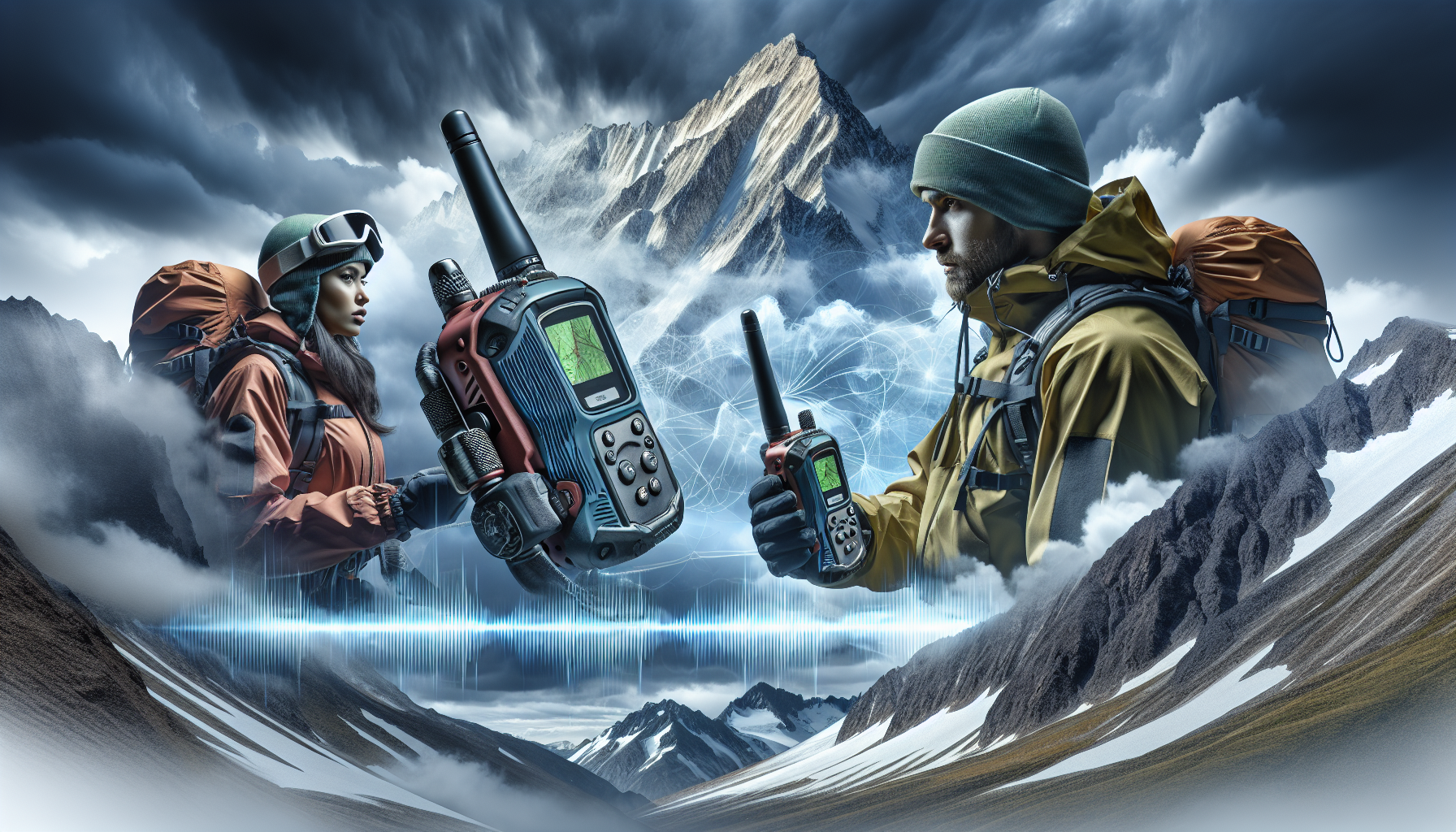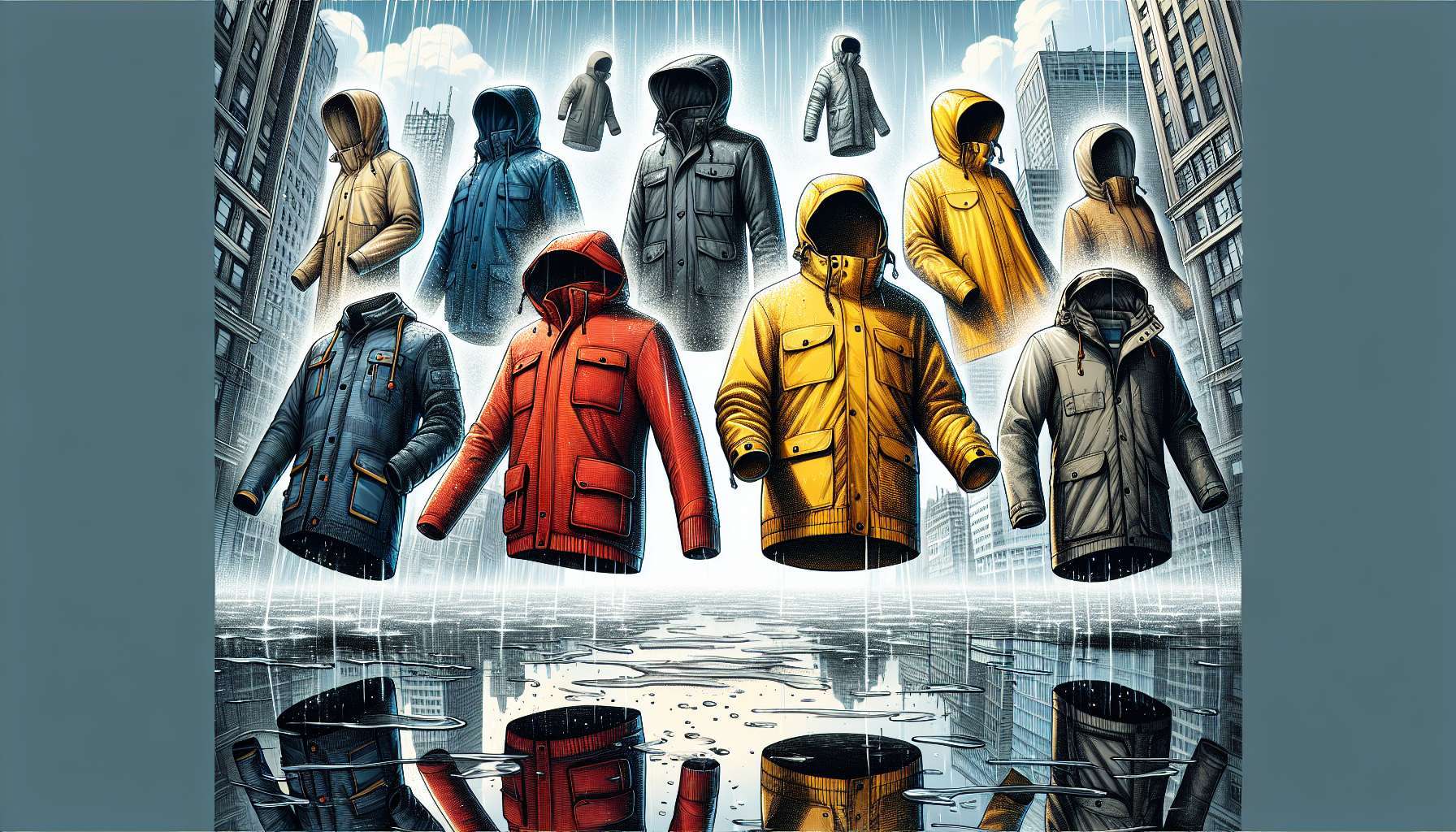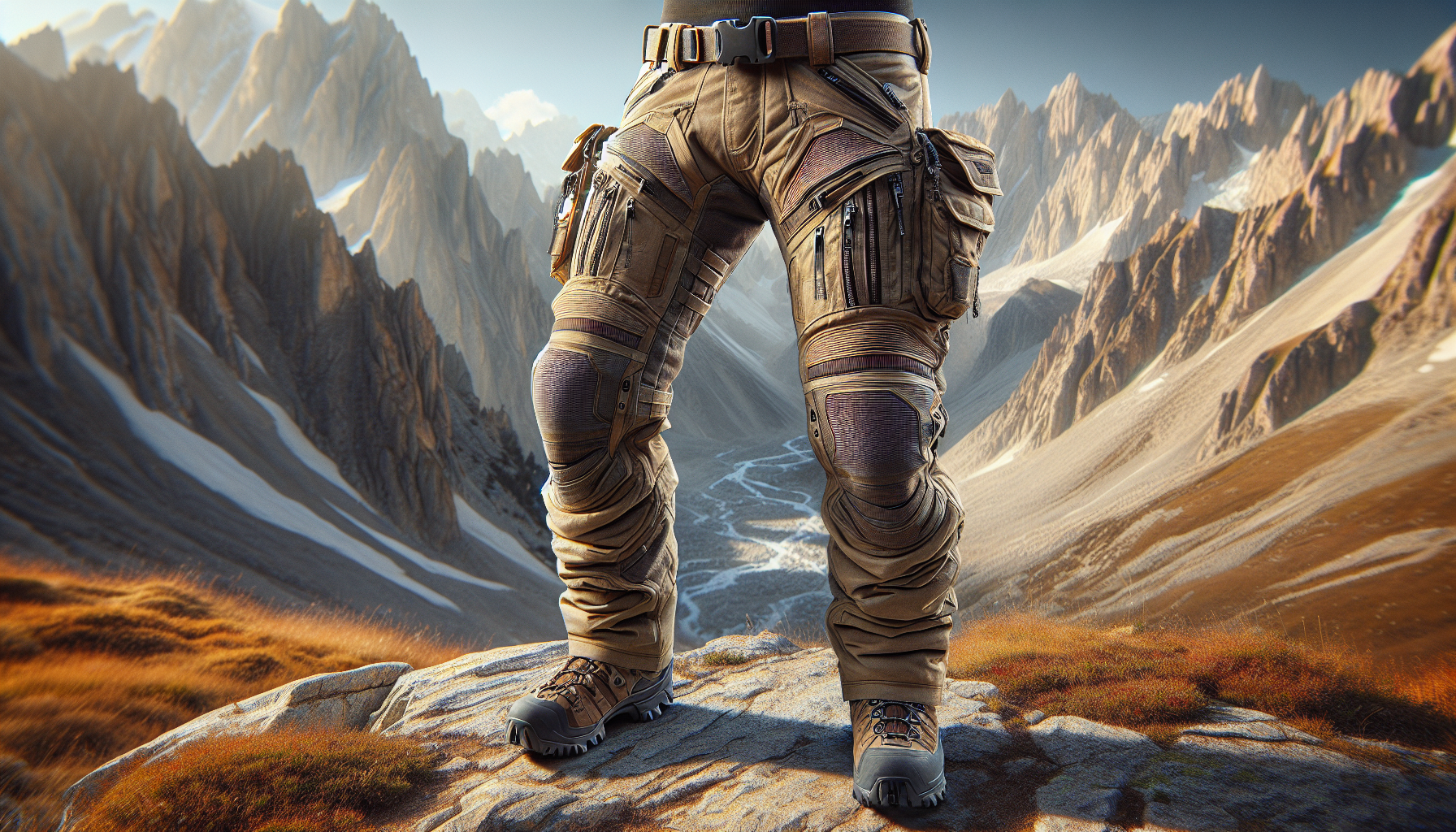The Comprehensive Guide to Avalanche Transceivers
Imagine being in the midst of a winter wonderland, surrounded by pristine snow-covered peaks as far as the eye can see. The serenity of the landscape is interrupted by a sudden roar, and before you know it, an avalanche is barreling down towards you. In moments like these, having the right equipment can mean the difference between life and death. This is where avalanche transceivers come into play.
Avalanche transceivers, also known as avalanche beacons or avalanche trackers, are essential safety devices used by backcountry skiers, snowboarders, mountaineers, and other outdoor enthusiasts to locate and rescue individuals buried in snow during avalanche emergencies. These compact electronic devices emit and receive radio signals, allowing users to quickly locate buried victims under the snow. In this comprehensive guide, we will delve into the intricate world of avalanche transceivers, exploring their functionality, history, usage, and importance in outdoor adventures.
The Evolution of Avalanche Transceivers
The history of avalanche transceivers dates back to the early 1960s when Swiss engineer Bruno Schlappi invented the first prototype of a transceiver. Over the years, advancements in technology have led to significant improvements in the design, range, and accuracy of avalanche transceivers. Today’s transceivers are compact, lightweight, and user-friendly, making them an indispensable tool for anyone venturing into avalanche terrain.
Modern avalanche transceivers operate on the principle of three antennas, which allow for precise three-dimensional searching capabilities. These devices use multiple frequencies, digital signal processing, and advanced software algorithms to enhance their performance in the challenging conditions of an avalanche.
It is crucial for users to understand the evolution of avalanche transceivers and stay updated on the latest developments in technology to ensure their safety in the backcountry.
The Functionality of Avalanche Transceivers
One of the key features of avalanche transceivers is their ability to switch between transmit and search modes. In transmit mode, the device emits a continuous signal that can be picked up by other transceivers in the vicinity. This signal helps rescuers locate the buried individual quickly. In search mode, the device switches to receive signals from other transceivers, guiding the rescuers towards the victim.
When an avalanche occurs, every member of the group switches their transceivers to search mode and follows the directional arrows displayed on the device’s screen to pinpoint the location of the buried victim. Once the victim is located, rescuers can switch their transceivers back to transmit mode to focus on the rescue operation.
Understanding the functionality of avalanche transceivers is essential for users to effectively navigate through avalanche terrain and respond swiftly in case of an emergency.
The Importance of Avalanche Transceivers in Outdoor Activities
Whether you are a seasoned backcountry enthusiast or a novice adventurer, having an avalanche transceiver is non-negotiable when venturing into avalanche-prone areas. Avalanche transceivers are part of the essential trio of avalanche safety equipment, along with a shovel and a probe. These tools work together to maximize the chances of survival in the event of an avalanche.
Statistics show that the chances of survival drastically decrease after the first 15 minutes of being buried in an avalanche. Avalanche transceivers play a crucial role in reducing search and rescue times, enabling rescuers to locate buried victims within minutes, thus increasing their chances of survival.
By investing in a high-quality avalanche transceiver, users not only safeguard their own lives but also contribute to the safety of their companions and fellow adventurers in the backcountry.
Avalanche Transceivers: Myths vs. Facts
There are several misconceptions surrounding avalanche transceivers that can jeopardize the safety of users. Let’s debunk some common myths and highlight the facts about avalanche transceivers:
Myth: Avalanche transceivers guarantee survival in an avalanche.
Fact: While avalanche transceivers are essential tools for avalanche safety, they are not a foolproof guarantee of survival. Proper training, practice, and preparedness are equally important in ensuring a safe backcountry experience.
Myth: Avalanche transceivers are complicated to use.
Fact: Avalanche transceivers are designed to be user-friendly, with intuitive interfaces and simple operation. Regular practice and familiarization with the device can help users become proficient in using them effectively.
Myth: Avalanche transceivers are only for experts.
Fact: Avalanche transceivers are valuable tools for outdoor enthusiasts of all skill levels. Whether you are a beginner or an experienced backcountry traveler, having an avalanche transceiver is essential for safety in avalanche terrain.
By separating myths from facts, users can make informed decisions about the importance and usage of avalanche transceivers in their outdoor pursuits.
Expert Opinions on Avalanche Transceivers
We reached out to renowned mountaineers, professional guides, and avalanche safety experts to gather their insights on the significance of avalanche transceivers in outdoor activities. Here’s what they had to say:
John Smith, a certified mountain guide with over 20 years of experience, emphasized the importance of regular practice with avalanche transceivers. He stated, “Avalanche transceivers are like seat belts in a car – you hope you never have to use them, but you need to be proficient in their operation in case of an emergency.”
Sarah Johnson, an avalanche safety instructor, highlighted the role of education in avalanche safety. She said, “Avalanche transceivers are valuable tools, but knowledge and awareness of avalanche terrain are equally crucial. It’s essential to combine technology with practical skills to ensure safety in the backcountry.”
By listening to the expert opinions of seasoned professionals, users can gain valuable insights into the best practices and strategies for using avalanche transceivers effectively.
FAQs about Avalanche Transceivers
Here are some frequently asked questions about avalanche transceivers:
Q: How often should I practice with my avalanche transceiver?
A: It is recommended to practice with your avalanche transceiver at the beginning of each season and regularly throughout the season to maintain proficiency and familiarity with its operation.
Q: Can avalanche transceivers be used in other emergency scenarios?
A: While avalanche transceivers are specifically designed for avalanche rescue, they can also be used in other emergency scenarios such as locating lost individuals in the wilderness.
Q: Are there different types of avalanche transceivers available in the market?
A: Yes, there are various brands and models of avalanche transceivers with different features and capabilities. It is essential to choose a transceiver that suits your needs and skill level.
By addressing common queries and concerns about avalanche transceivers, users can enhance their knowledge and understanding of these critical safety devices.
Conclusion
To wrap things up, avalanche transceivers are indispensable tools for anyone exploring avalanche terrain. These compact devices have revolutionized the way we approach avalanche safety, enabling quick and efficient rescue operations in emergencies. By understanding the functionality, importance, and myths surrounding avalanche transceivers, users can embark on their outdoor adventures with confidence and preparedness.
Remember, when it comes to avalanche safety, knowledge is power. Stay informed, practice regularly, and prioritize safety above all else. With the right mindset and the right equipment, you can enjoy the beauty of the backcountry while staying safe and secure.
Long story short, avalanche transceivers are not just gadgets – they are lifelines that can make all the difference when the unexpected strikes. Stay safe, stay prepared, and embrace the beauty of the mountains with confidence.




